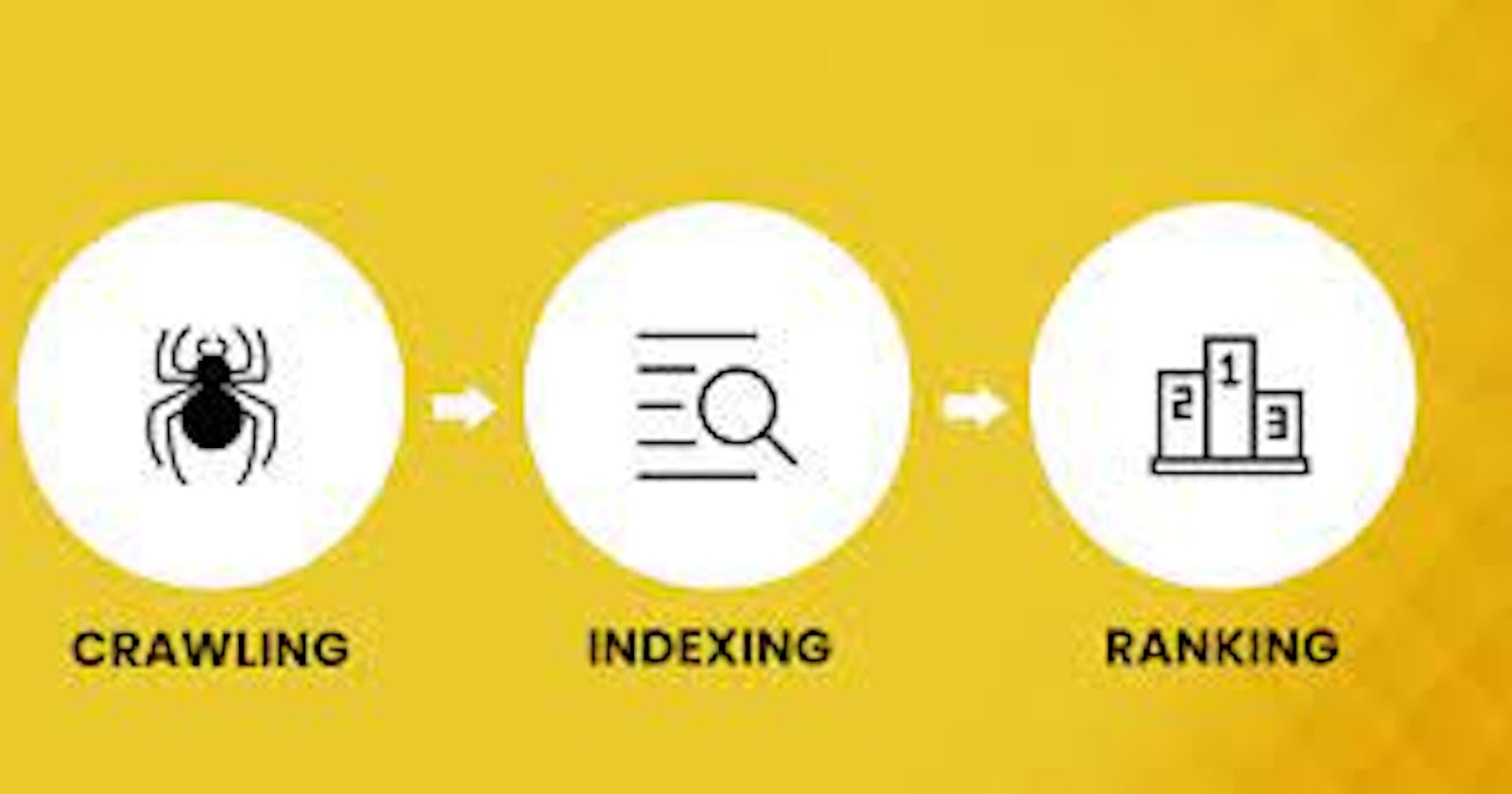In order for a website to rank in search engines, it first needs to be crawled and indexed efficiently. Optimizing the crawling and indexing process is a key element of technical SEO.
Here are some best practices to improve site crawlability and indexing:
Sitemaps - Create XML sitemaps that list all pages to guide crawlers. Make sitemaps easy to find and access.
Crawl Budget - Structure sites to stay within Google's crawl budget limits. Optimize page hierarchy and internal linking.
Crawl Directives - Use robots.txt files and meta directives to manage crawling. Disallow non-critical pages.
Page Speed - Fast page speeds enhance crawler accessibility and experience. Compress files and optimize images.
Duplicate Content - Consolidate similar content and use canonical tags to avoid duplication issues.
Broken Links - Fix 404 errors and broken internal links which disrupt crawler navigation.
Structured Data - Implement schema markup to aid indexing of key data like ratings, events.
URLs - Create descriptive, static URLs to accurately categorize pages for crawling.
By optimizing for seamless crawling and indexing, you enable search engine bots to fully explore, classify and rank your important website content. Monitor crawl stats in Search Console to identify and address issues. Technical SEO establishes the ideal infrastructure for search engine visibility.
What crawling or indexing challenges have you encountered before? Let me know how I can help optimize your site's crawlability and indexing!

